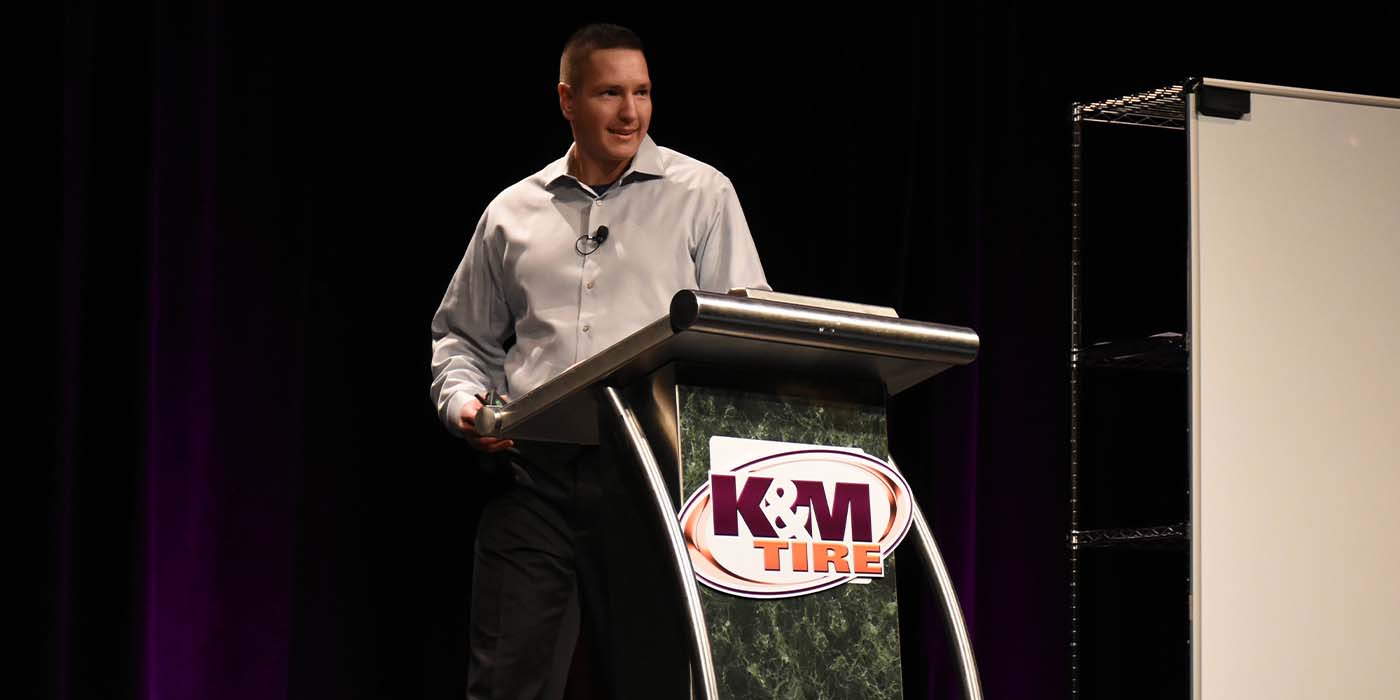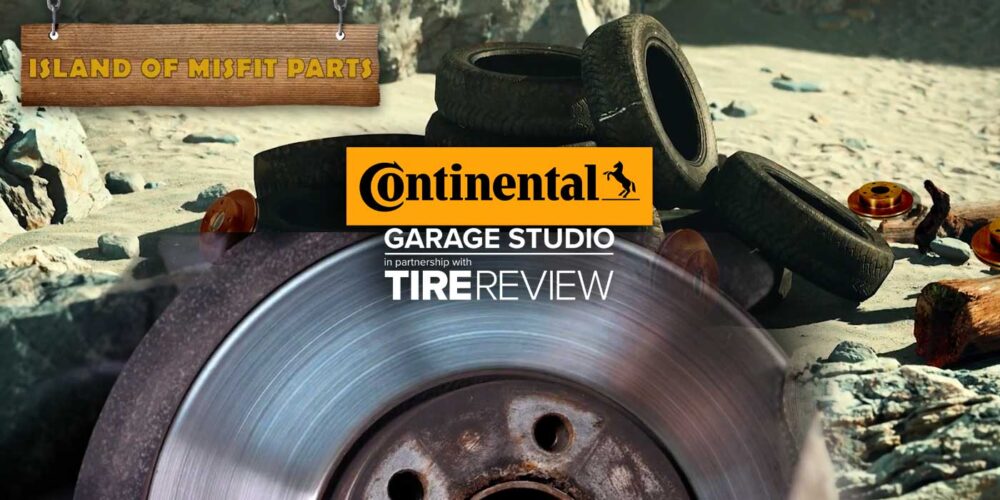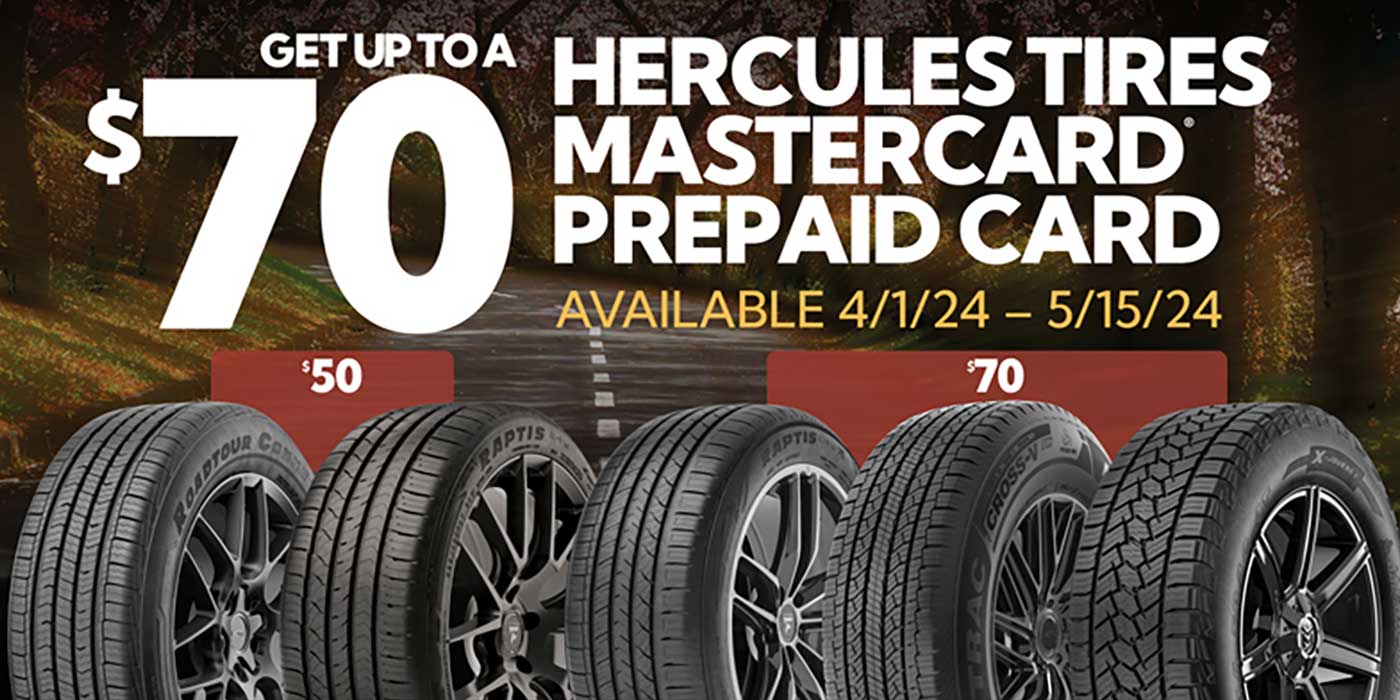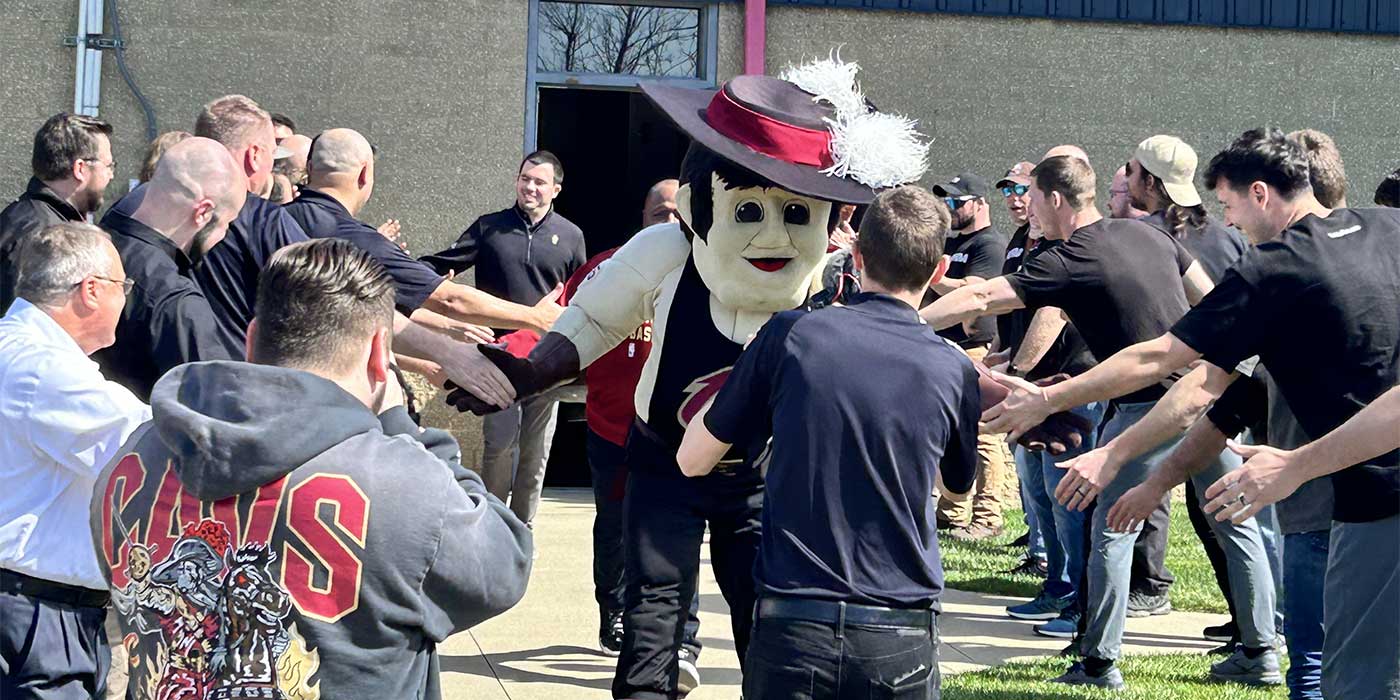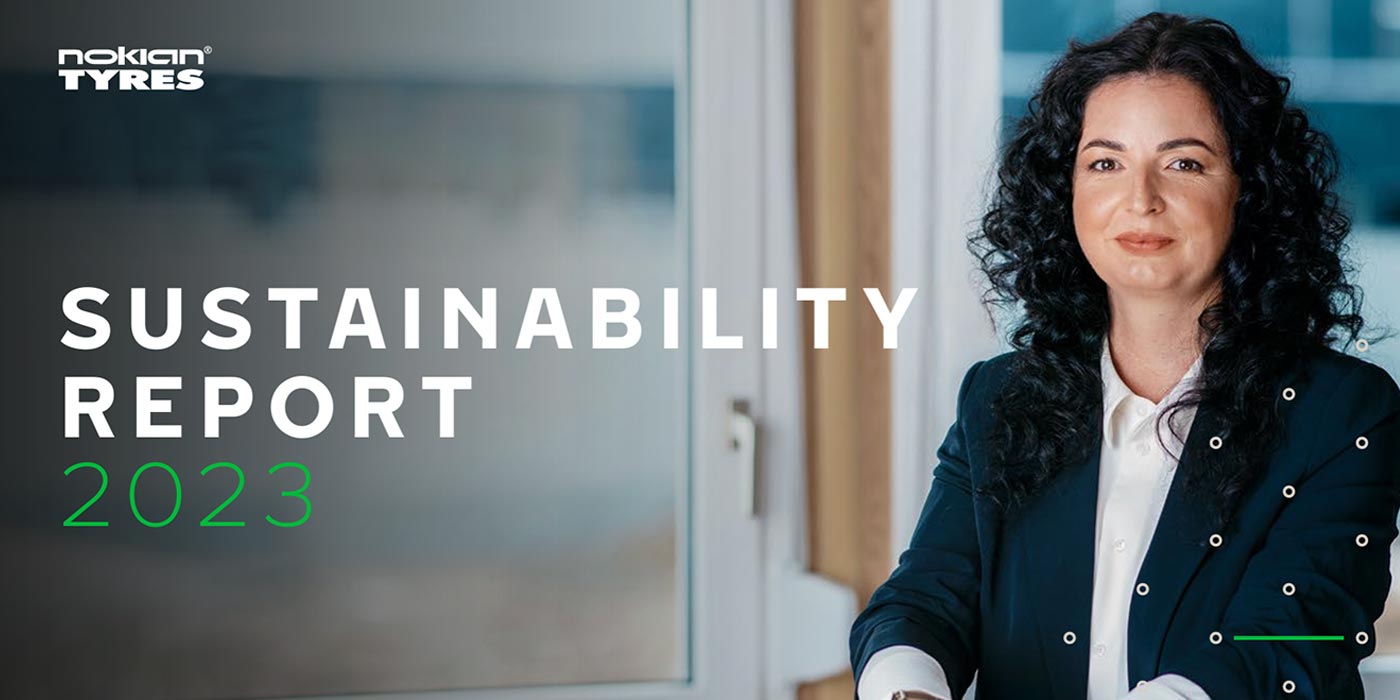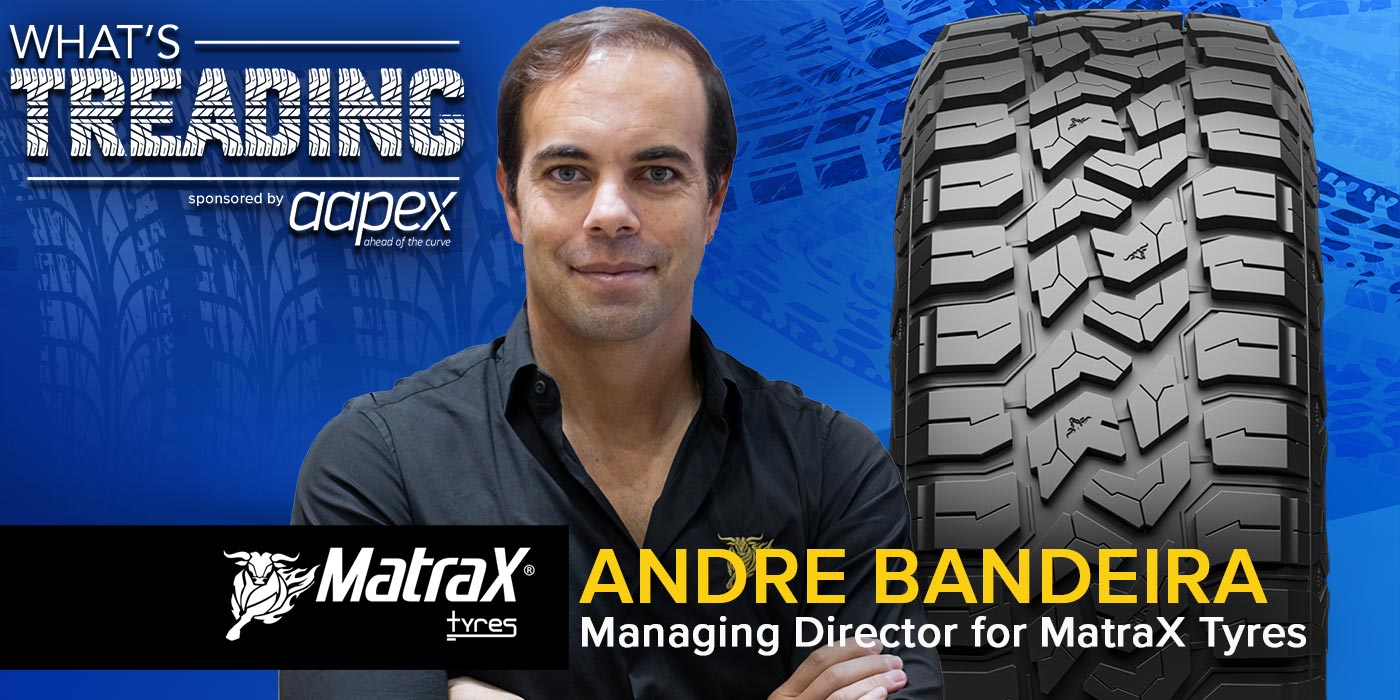Making an IMPACT
Process Gives Goodyear More Precise Tire Building In Less Time
Science and tire manufacturing have always gone hand in hand. From rubber compounding to tread design, virtually all elements that make up a tire – passenger or commercial ®“ have a degree of science behind them.
Sometimes, however, there’s science and then there’s rocket science.
Looking to increase precision within its manufacturing process, Goodyear decided to make an impact in the marketplace.
The tiremaker’s Integrated Manufacture Precision Assembly Cellular Technology, or IMPACT, is an entirely new method of tire building for Goodyear. It was developed five years ago, but was not rolled out until the second half of 2001.
IMPACT utilizes computer-controlled machinery to streamline tire component creation and assembly, providing consistency and quality beyond traditional methods. The process, for which Goodyear holds six U.S. patents, was designed to increase manufacturing efficiency and reduce production costs.
The system integrates component formation, assembly and curing, with the end result being a "significant improvement" in tire quality and uniformity, the tiremaker says. The system further increases productivity by 135%, cuts cycle times by 70%, minimizes splices and offers a reduction in process steps by half.
According to Goodyear, IMPACT isn’t a new machine that manufactures tires. It’s "a process which optimizes the value of people with an innovative hot former calendering system, integrated with highly efficient manufacturing systems with precision controls and automated material handling in a cellular manufacturing layout."
The newest IMPACT-produced tire made is the G395 LHS medium radial steer tire (see TR, March 2003) at the company’s Danville, Va., plant. The system is also in place at Goodyear’s Napanee, Ont., plant.
According to Goodyear, and using the G395 as an example, IMPACT works like this:
A hot former calendering system produces 12 of the truck tire’s 23 components in a continuous manufacturing system The hot former – which maintains the components in a fresher state and allows easier adhesion ®“ consists of several pairs of heated steel rollers and a conveyor system. Each pair of rollers squeeze and form each of the components. Using laser technology for added precision, components are then pre-assembled into a continuous roll of rubber material. The combined components are then wound onto reels and moved to the tire building area.
"With the hot former and the IMPACT process, we have very little variation. It has taken a lot of human intervention out of manufacturing the tire," says Dan Harrison, quality and technology manager at the Danville plant.
All told, Goodyear says that more than 100 million test miles were put on the G395 LHS, making it the most extensively tested commercial tire in the company’s history.
The development of the IMPACT system involved tapping into specialized computer programs, including the use of proprietary software developed jointly with the Albuquerque, N.M.-based Sandia National Laboratories. Using computer models, Goodyear designers could log thousands of hours of simulation for a variety of tread designs, tire mold shapes, construction configurations and material combinations. Plus, they could get the feedback they needed in a matter of a few weeks.
"This allows for improved consistency from tire to tire. We’ve taken the variability out of steer tire manufacturing," says Harrison.





